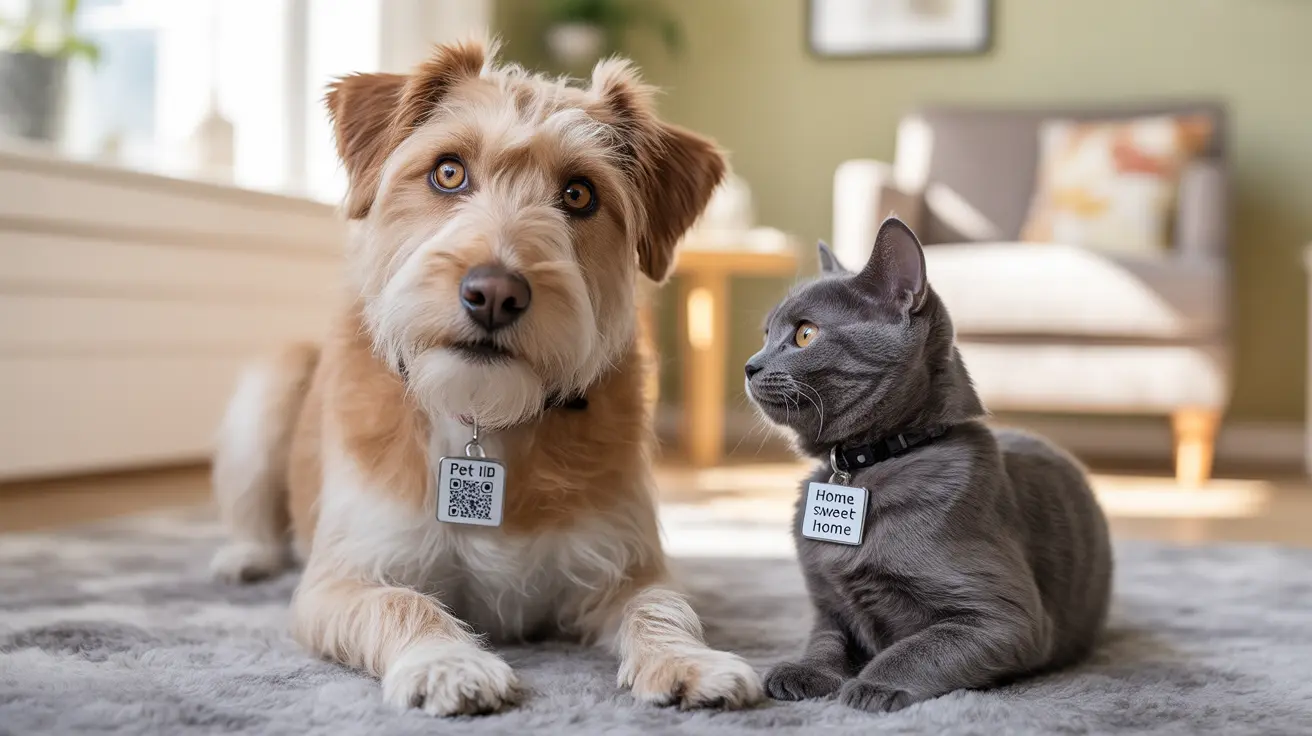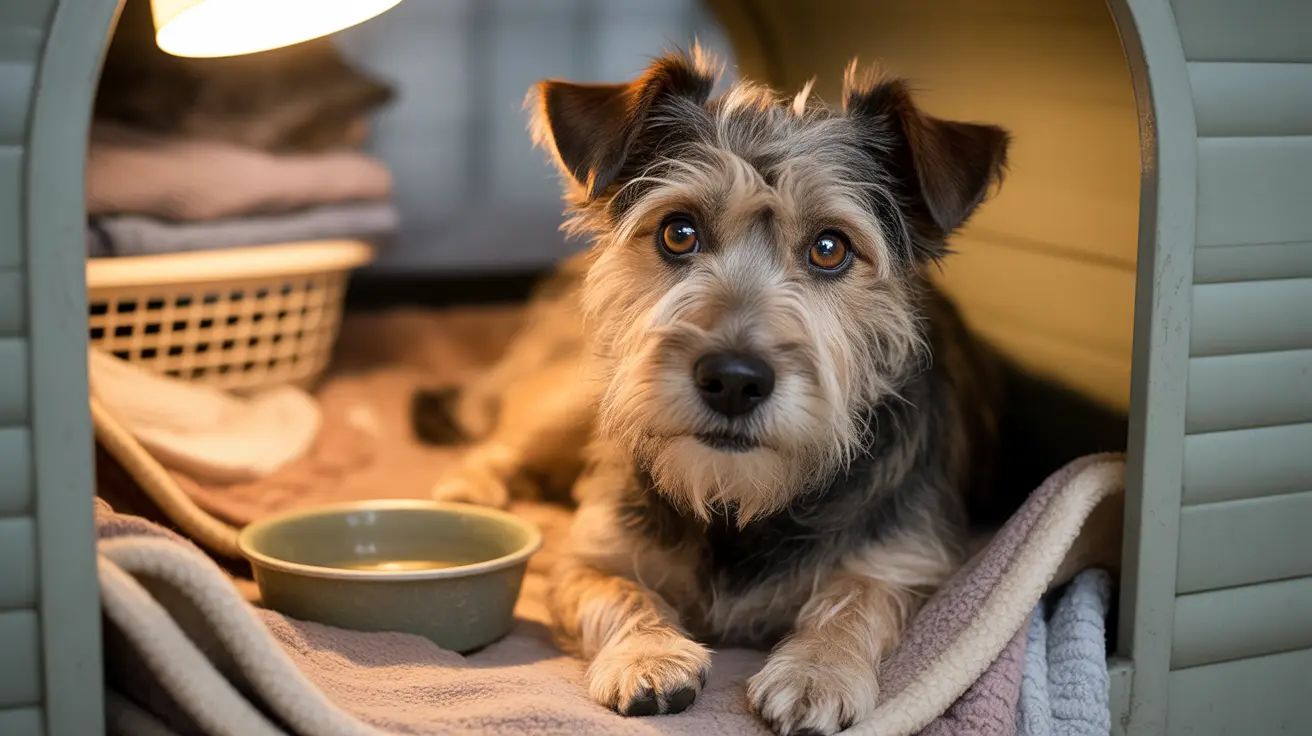The Norwegian Elkhound: Norway's Versatile Hunting Companion
The Norwegian Elkhound stands out as one of the most ancient and respected breeds to emerge from Scandinavia. With its striking silver-gray double coat, tightly curled tail, and keen expression, this medium-sized spitz-type dog has been an integral part of Norwegian culture for thousands of years. Its legacy stretches back to the days of the Vikings, with archaeological evidence placing Elkhounds alongside their human companions as early as 5,000 B.C.
Physical Characteristics
This breed is robustly built for stamina in harsh climates. Males typically reach about 20.5 inches at the shoulder and weigh around 55 pounds; females are slightly smaller at 19.5 inches and about 48 pounds. The Elkhound's broad, wedge-shaped head features pointed, erect ears and expressive dark brown eyes that radiate intelligence and alertness.
- Coat: Dense double coat with a soft undercoat for insulation and a straight, weather-resistant outer layer.
- Color: Shades of gray with black-tipped guard hairs; lighter on chest and mane, darkest over the saddle.
- Tail: Tightly curled over the back.
The breed’s coat naturally resists dirt and odor, making it relatively low-maintenance aside from seasonal shedding.
A Storied History
The original name 'Norsk elghund' means 'moose dog,' reflecting its primary role: independently tracking, baying at, and holding moose (and sometimes bears or wolves) at bay until hunters arrived. Over centuries, Elkhounds have served as hunters’ assistants, livestock herders, guardians of farms, draft animals hauling goods, and loyal companions. Their presence in Norse legends and art underscores their importance in Scandinavian life.
Temperament & Family Life
The Norwegian Elkhound is renowned for its friendly yet bold disposition. These dogs are affectionate with family members—especially when socialized early—and are generally good with children (though their exuberance may suit older kids best). They coexist well with other dogs but may chase small animals due to a strong prey drive.
- Loyalty: Deeply bonded to their people; thrive on companionship.
- Independence: Intelligent but often stubborn—expect them to think for themselves.
- Watchdog Skills: Naturally alert and vocal when strangers approach but not aggressive.
If you’re seeking a quiet dog or one that will obey every command without question, the Elkhound’s independent streak might surprise you. They respond best to consistent leadership based on respect rather than dominance.
Training & Socialization
This breed is smart but can be easily bored or stubborn during training sessions. Positive reinforcement—especially food rewards—works wonders. Keep sessions engaging and brief to maintain their attention. Early obedience classes help channel their strong-willed nature productively.
- Avoid repetitive drills; mix up activities to keep them interested.
- Crate training can be helpful for house manners.
- Early socialization ensures they’re comfortable with other pets and people.
Exercise & Activity Needs
The Norwegian Elkhound brims with energy and needs at least an hour of exercise daily. Without enough physical or mental stimulation, they may bark excessively or develop nuisance behaviors like chewing or escaping fenced yards (their hunting instincts make wandering tempting).
- Hiking or running partners: They love outdoor adventures in all weather conditions.
- Scent work: Their natural tracking skills shine in herding or tracking events.
- Mental games: Puzzle toys or training new tricks help prevent boredom.
A secure yard is essential if you let them off-leash—they’re notorious for following interesting scents wherever they lead!
Grooming & Care
The thick double coat sheds year-round but especially during seasonal changes (twice yearly). Weekly brushing keeps loose hair manageable; during shedding seasons daily grooming helps even more. The coat rarely needs bathing—just a few times per year—and naturally resists dirt and odor. Regular nail trims prevent splitting; daily tooth brushing supports dental health.
Nutritional Needs & Health Considerations
This breed tends toward easy weight gain—portion control is crucial! Feed two measured meals of high-quality dog food each day rather than free-feeding. Adjust amounts based on activity level and age; most need less than commercial guidelines suggest. Because they love food rewards in training, watch treats closely to avoid obesity.
- Lifespan averages 12–15 years—a testament to their hardiness—but some genetic health issues can occur: hip dysplasia, progressive retinal atrophy (PRA), Fanconi syndrome (a kidney disorder), hypothyroidism, sebaceous cysts, patellar luxation (less common), and primary open angle glaucoma (rare).
Selecting puppies from responsible breeders who screen for hereditary problems helps reduce risk; regular veterinary checkups are important throughout life.
A Dog for Active Families
The Norwegian Elkhound adapts well to different living environments if given enough exercise and companionship. They appreciate being treated as partners rather than subordinates—mutual respect goes a long way with this breed! If you want an energetic companion who’ll join you on adventures (and keep your home safe), the Norwegian Elkhound could be just what you’re looking for.





